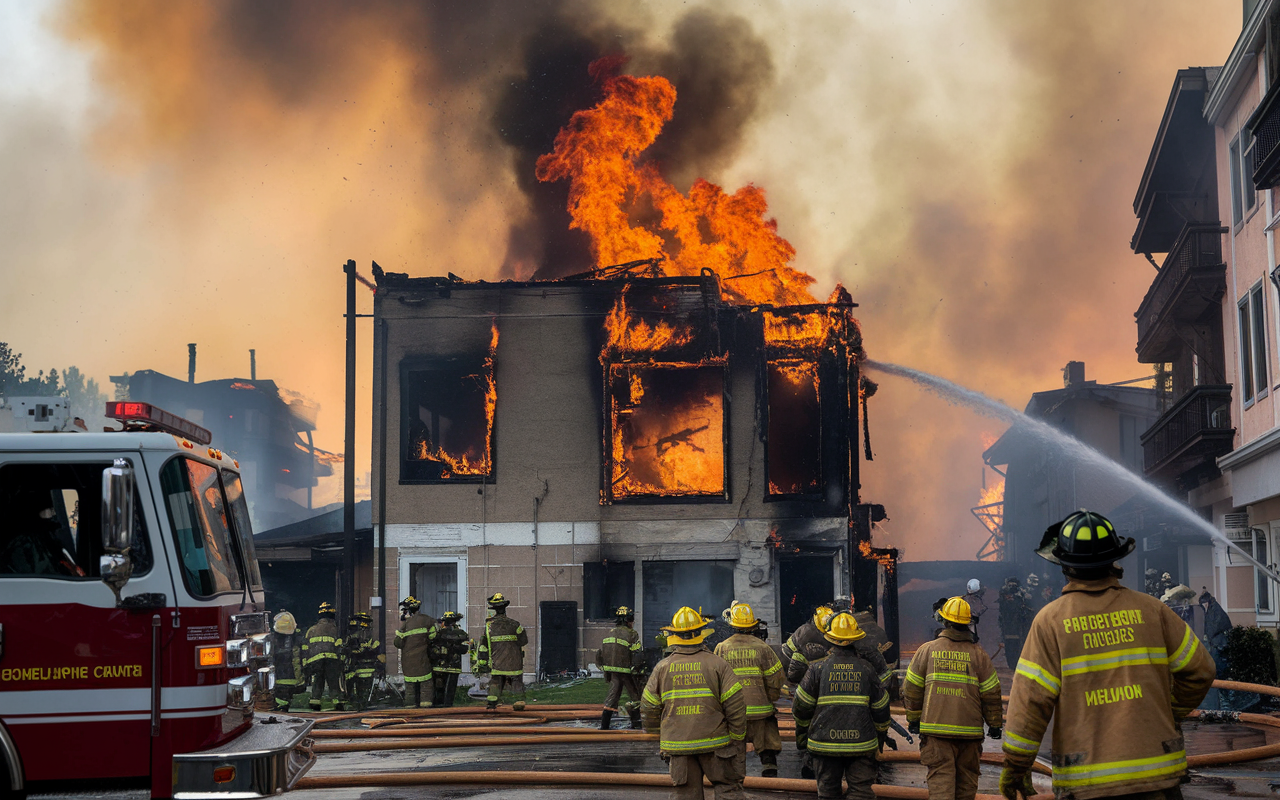What Will It Take for the L.A. Fires to Stop? 🌲🔥
The wildfires raging in Los Angeles have reached alarming proportions, devouring over 29,000 acres and tragically taking at least five lives. The powerful Santa Ana winds and a debilitating drought are conspiring, creating an atmosphere of "perfect fire weather." 🔥 As emergency responders battle the flames and residents evacuate, many are left wondering, "What will it take for this disaster to end?" 🚨
The Current Situation 📊
Firefighters are facing an uphill battle against the elements. Strong winds continue to complicate containment efforts, while low humidity amplifies the fire's spread. Experts from NOAA explain that these ideal fire conditions stem from a region of high pressure over the Western U.S. paired with a prolonged severe drought across Southern California.
“Santa Ana winds are known for their power and warmth, and this year they are particularly fierce,” emphasizes Dr. Craig B. Clements, a meteorologist at San José State University. It’s a dangerous cycle: the very winds feeding the flames also hinder firefighting efforts, making aerial water drops nearly impossible. ✈️💦
Why Are the Fires So Hard to Control? 👩🚒
The winds not only spread the fire but also cause spot fires—those igniting unexpectedly as embers are carried to new locations. This results in a cascading effect where each new fire provides fuel for another. And then there’s the complex terrain of the Los Angeles area: steep and varied landscapes complicate containment efforts even further.
Dr. Tim Brown, research professor at the Desert Research Institute, adds that transitioning from a wildfire to an "urban conflagration" makes matters more dire. The presence of combustible materials in built environments exacerbates the crisis.
Conditions Needed to Stop the Fires 🌧️
What ultimate solution do experts offer? RAIN! Unfortunately, there are no major rainfall events in the upcoming forecast. With forecasts indicating continued dryness and wind, the fate of these wildfires rests heavily on reducing wind speed. A change in the wind direction and a decrease in atmospheric pressure would also aid firefighters significantly. But these shifts are currently unlikely and won't happen quickly.
"Some reduction in wind speeds could help control the rapid spread we’ve seen," notes Santorelli from NOAA, but a lull in the winds is not guaranteed anytime soon. ⚡
Community Support and Awareness 🌍❤️
In the face of these natural disasters, community dynamics play a pivotal role. Local leaders and citizens are stepping up to offer assistance to those affected, and awareness must be raised about the impacts of climate change on wildfire patterns. As we navigate through the ashes, staying informed, sharing resources, and supporting those in need will be crucial for recovery.
Together, we can face this crisis head-on and advocate for necessary changes in our policies and practices surrounding wildfire prevention and climate change. If you want to keep an eye on how the fires evolve or learn how you can help, follow developments through reputable news outlets and local resources.
Stay safe, stay informed! 🌟
#LosAngelesFires #WildfireAwareness

More Stories
Exciting News: The Summer I Turned Pretty is Becoming a Movie
Reflecting on Robert Redford’s Legacy of Integrity and Artistry
Sara Rivers Appeals Dismissal of $60 Million Lawsuit Against Sean Combs: A Fight for Justice in the Entertainment Industry